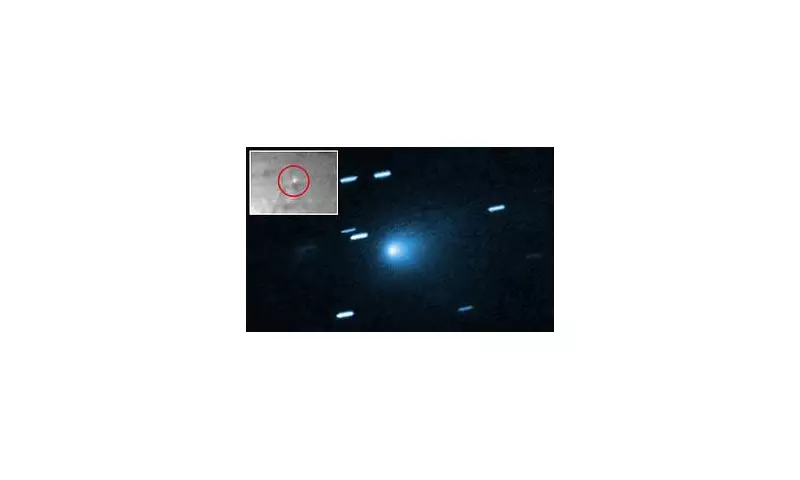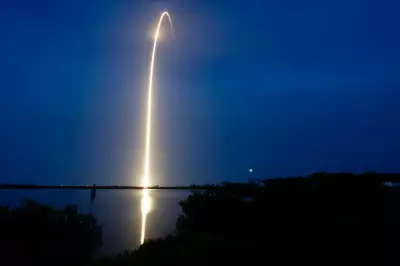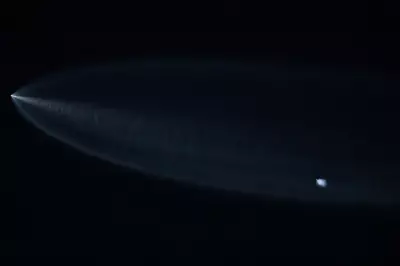
In a stunning development that has left astronomers worldwide questioning fundamental principles of celestial mechanics, the interstellar visitor known as 3I/ATLAS has performed a completely unexpected maneuver during its close approach to our Sun.
The Cosmic Anomaly That Defied Expectations
When astronomers first detected 3I/ATLAS speeding through our solar system, they anticipated it would follow the predictable path governed by Newton's laws of motion and gravitational forces. Instead, the mysterious object executed what researchers are calling a "shocking" course correction that cannot be explained by conventional physics alone.
A Pattern of Puzzling Behaviour
This isn't the first time an interstellar visitor has baffled scientists. The famous object 'Oumuamua, which passed through our solar system in 2017, similarly displayed unusual acceleration that sparked intense debate among astrophysicists. Some even speculated about artificial origins, though most researchers favoured natural explanations.
Dr Alan Fitzsimmons, an astrophysicist at Queen's University Belfast who studied both interstellar objects, expressed his astonishment: "We're seeing a pattern emerge that challenges our basic understanding of how these visitors should behave. The implications are profound."
Possible Explanations for the Unexplained Movement
Scientists have proposed several theories to account for the mysterious trajectory change:
- Outgassing: The most widely accepted explanation suggests that heat from the Sun causes frozen gases within the object to vaporize, creating jet-like thrust that alters its path
- Solar radiation pressure: The faint but constant pressure from sunlight could theoretically affect very lightweight objects over time
- Breakup events: Partial disintegration of the object could create observable changes in trajectory
- More exotic possibilities: While unlikely, some researchers acknowledge we cannot completely rule out more unconventional explanations
Why This Discovery Matters
The significance of 3I/ATLAS's behaviour extends far beyond academic curiosity. Each interstellar visitor provides a rare opportunity to study material from other star systems, offering clues about how planetary systems form throughout our galaxy.
"These objects are messengers from distant stars," explains Dr Fitzsimmons. "Understanding their composition and behaviour helps us piece together the story of how planetary systems, including our own, came to be."
The Future of Interstellar Object Research
With two such mysterious visitors in just a few years, astronomers are now preparing for more. New telescope systems and rapid-response protocols are being developed to catch future interstellar objects earlier in their approach, allowing for more detailed study.
The Vera C. Rubin Observatory, scheduled to begin operations in Chile next year, is expected to detect many more of these cosmic nomads, potentially revolutionizing our understanding of how common such objects are and what they can teach us about the universe beyond our solar system.
As the scientific community continues to analyse data from 3I/ATLAS's unexpected maneuver, one thing is clear: our solar system remains full of surprises, and the cosmos continues to challenge our understanding at every turn.





